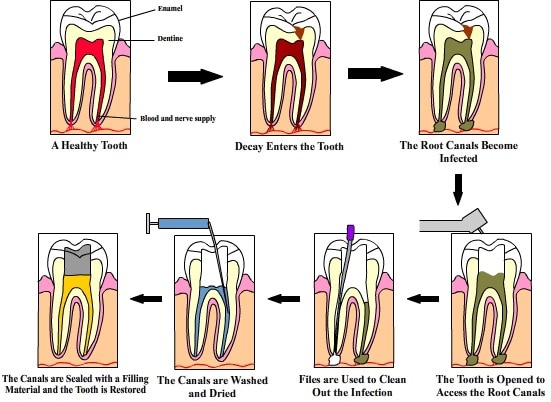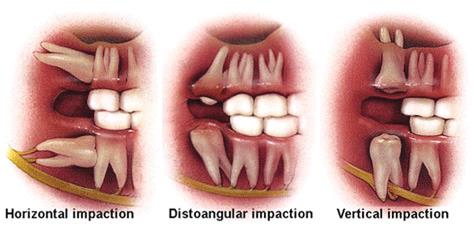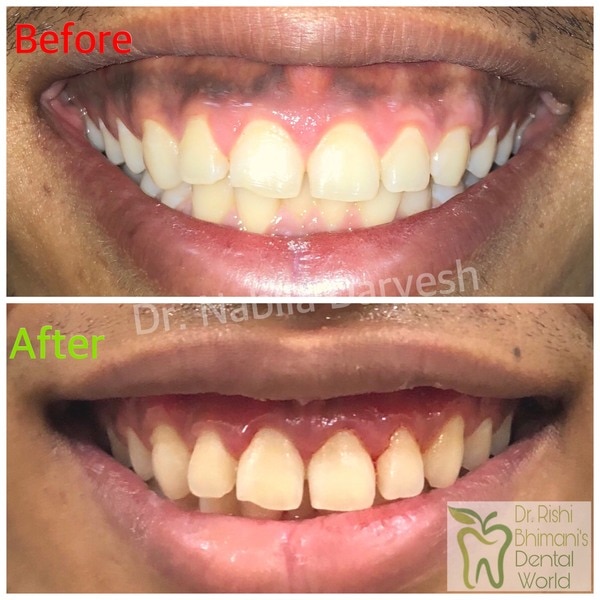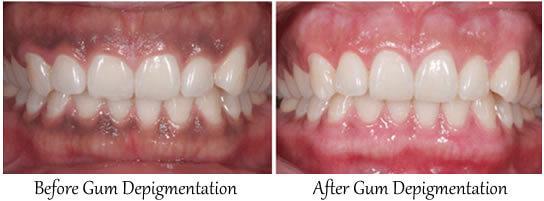Wisdom teeth & wisdom tooth removal
Wisdom teeth (not associated with wisdom) are the last molars that erupt at between the age of 18-25 years. These are now classified as vestigial as our jaws have become smaller and completely grown to adult size before the age of eruption of the wisdom molars, thus making them erupt in some weird position or remain partially unerupted, not contributing to the function of chewing.
Wisdom molars start erupting and become visible in the mouth between 18-25 yrs. If enough space is present, they erupt in the correct position. In case of lack of space (majority times), they erupt partially and get locked by the adjacent 2nd molar in the bone. A lot of instances have shown absence of the 3rd molar tooth bud inside jaw bone (missing congenitally).
Partially erupted or erupting 3rd molars pose problems like pain, difficulty in brushing and maintaining the area with toothbrush, leading to decay. In case they completely erupt, a gum flap may often cover the tooth crown (operculum), which acts as a trap for food debris, often resulting in pain, inflammation and ultimately abscess. In such cases, is the tooth has a good alignment and the opposing arch wisdom molar is present, the gingival flap covering the lower wisdom tooth can be removed (operculectomy).
All such partially erupted wisdom molars have to be removed surgically, in situations of pain or decay or can be removed prior, when anticipating such condition.
3rd (wisdom) molar extraction is planned by taking X-rays (local as well as full mouth). It is extracted under Local anesthesia. Due to the weird positioning, bone might have to be reduced and the tooth might have to be sectioned, to pave the path for its removal. A suture (stitch) is placed after the procedure. Slight swelling is common following this procedure, which settles within a week.






